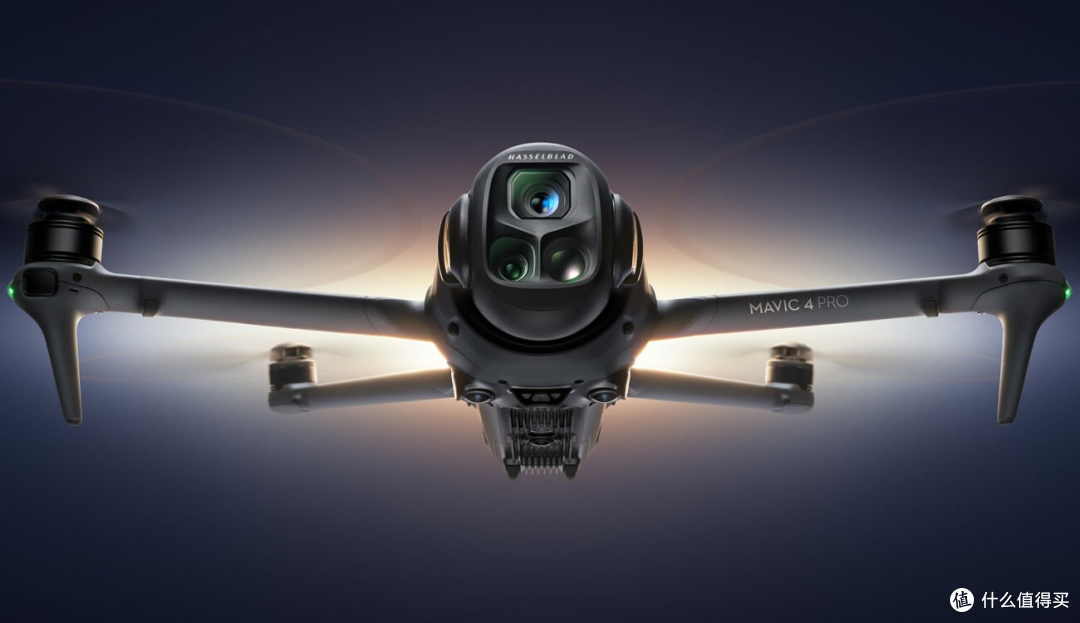Understanding the Intricacies of Drone Theory
Drones have revolutionized the way we approach technology and innovation, making drone theory a vital subject for enthusiasts and professionals alike. Understanding drone theory involves delving into the mechanics, physics, and applications of drones. While drones may seem like straightforward machines, they encompass a wide range of components and principles that define their functionality and capabilities. It is crucial for anyone interested in the drone industry to familiarize themselves with the fundamentals of drone theory. A drone is essentially a flying robot that can be remotely controlled or fly autonomously through software-controlled flight plans. They are equipped with dynamic sensors and GPS systems for navigation.
The application of drones varies significantly, from military operations to commercial purposes like photography and delivery services. The versatile nature of drones demands a robust understanding of drone theory to maximize their use efficiently and safely. At the core of drone theory are principles like aerodynamics, electronics, and computer programming. Aerodynamics deals with how drones can achieve and maintain their flight, balancing lift, and drag forces. Electronics in drones involve communication systems, power sources, and data management. Moreover, computer programming is essential for devising the algorithms that allow drones to follow specific paths and execute tasks autonomously.
Exploring drone theory also requires knowledge of the advancements that drive technological innovation. Recent developments in drone technology have led to improvements in battery life, speed, and maneuverability. Advances in artificial intelligence have enabled drones to perform a myriad of tasks without human intervention, bridging the gap between theory and practical application. The integration of drone technology in various fields showcases its potential to effect change and open up new possibilities. Industries such as agriculture benefit from drones through crop monitoring and pest control, ensuring higher yields and reducing labor costs.
Security and surveillance also thrive with drone technology, as drones can be deployed to monitor vast areas efficiently. By harnessing the power of drone theory, companies can ensure their operations are both secure and cost-effective. Understanding drone regulations is another component of drone theory that cannot be overlooked. As drone usage becomes more widespread, countries have implemented rules governing the use of drones to maintain privacy and safety. Drone theory emphasizes the importance of adhering to these regulations to avoid legal issues and ensure responsible operation. Moreover, ethical considerations in drone deployment are integral, as misuse can invade privacy and infringe upon people’s rights.
In conclusion, drone theory offers a comprehensive overview of the technology and its implications across various domains. By understanding the principles underpinning the operation of drones, individuals and businesses can leverage their capabilities optimally. As drone technology continues to evolve, staying informed about drone theory will enable stakeholders to navigate this exciting and dynamic field effectively. Below are a few FAQs to further elucidate common queries regarding drone theory:
FAQs about Drone Theory
- What is the importance of drone theory in technology?
Drones are crucial in modern technology for enhancing efficiency and automating tasks across various industries, such as agriculture, security, and logistics, making drone theory necessary for understanding their potential. - How do advancements in drone theory impact the industry?

Advancements lead to better drone functionalities such as improved battery life, AI-driven autonomous capabilities, and expanded applications, thus influencing numerous sectors positively. - Why should drone operators be aware of drone theory?
Operators need to understand the principles and regulations of drone theory for effective and responsible drone usage, ensuring both safety and compliance with legal standards.